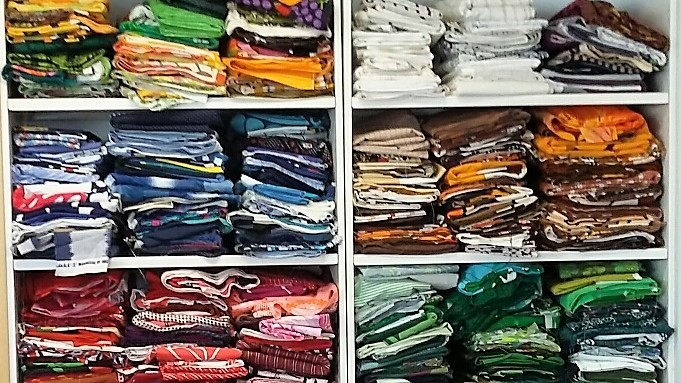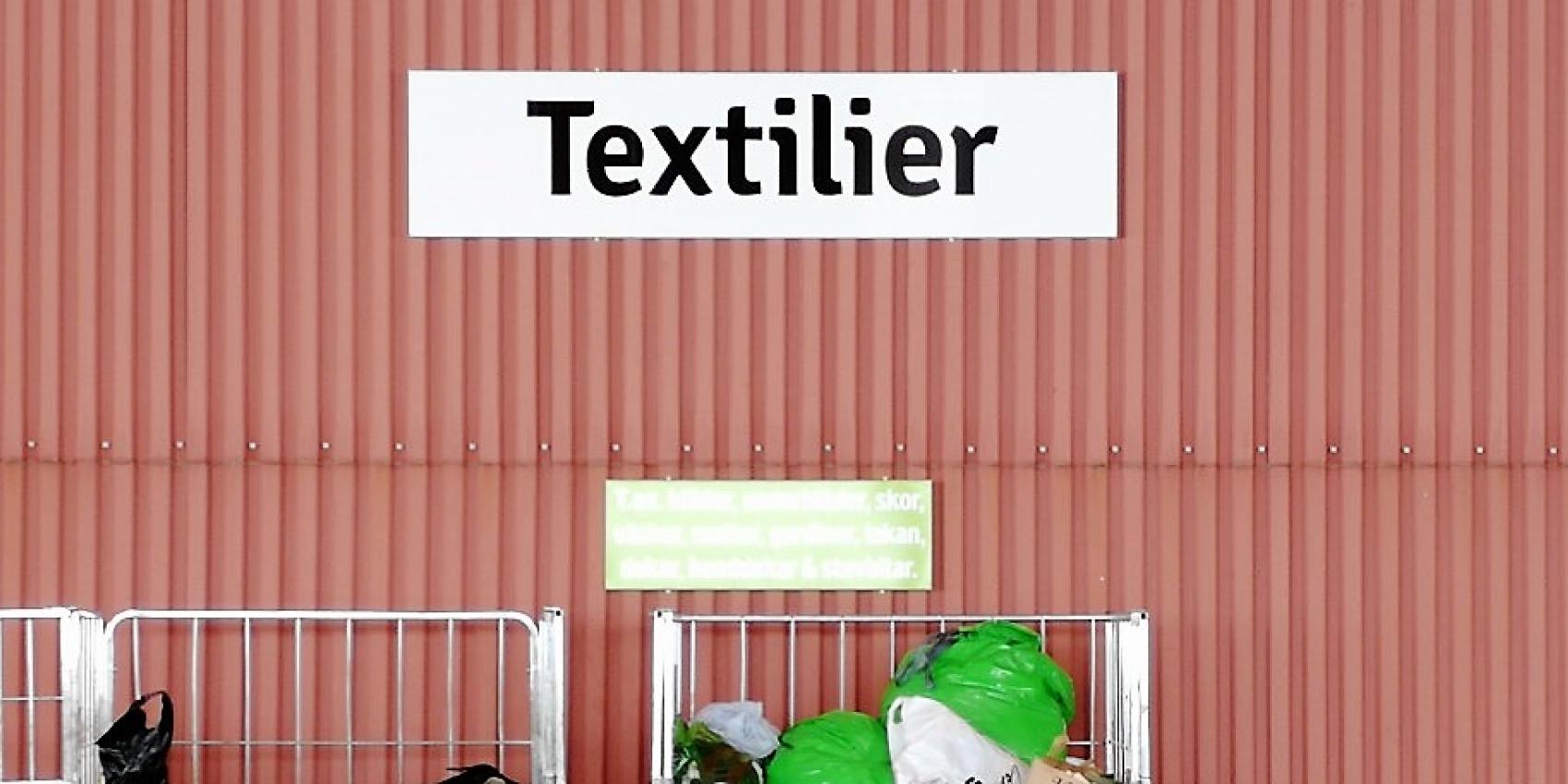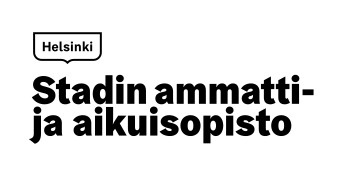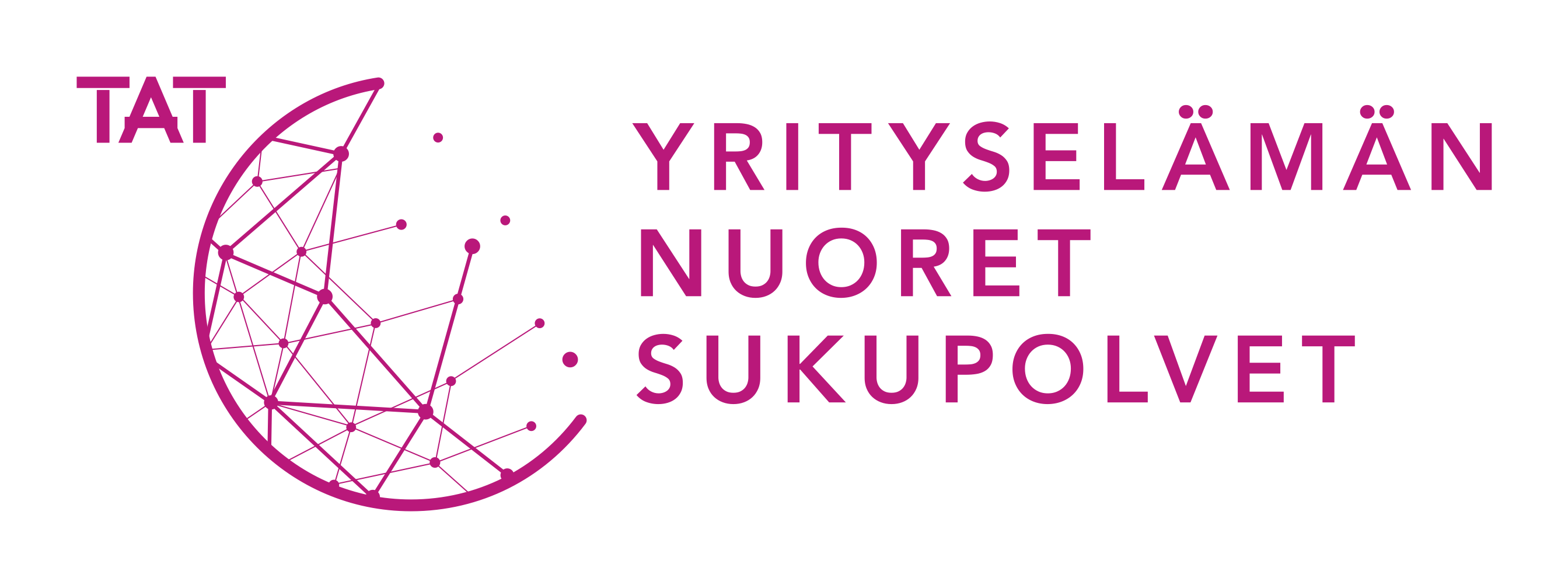Purchasing channels and the process of purchasing circular economy materials
In Finland, the utilisation rate of discarded textiles is still low. New projects, events and companies are continuously springing up around the circular economy of textiles. With digitalisation, various online second-hand shops have expanded the reuse of clothing. This has led to the new concept of peer-to-peer shopping, which refers to online trading between consumers. There are several second-hand groups on social media that are broken down by area and target group. Long-standing charities, non-profit associations and reuse centres have also set up their own online shops and material banks and increased their cooperation with circular economy companies in the industry.
Places to purchase materials for unique products:
- second-hand and recycling shops
- resale of vintage clothing
- pre-consumer textiles
- post-consumer textiles
- second-hand online shops
Channels for purchasing materials for mass-produced products:
- all operators that recycle textiles and have a sorting centre
- Kontti Second Hand Department Stores of the Finnish Red Cross
- Fida, a Finnish mission and development cooperation organisation
- local shops that sell discarded textiles, such as TEXVEX, and reuse centres
- companies in the industry, directly from production facilities







